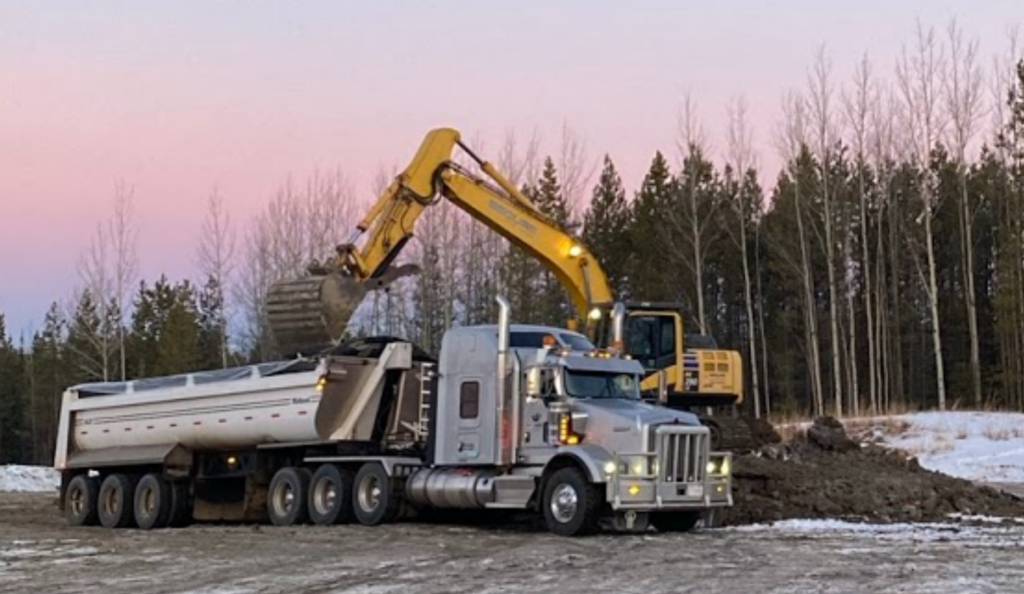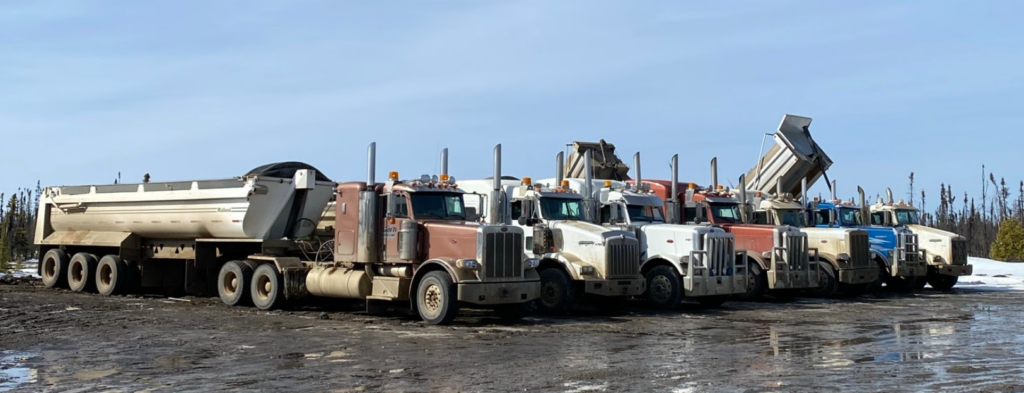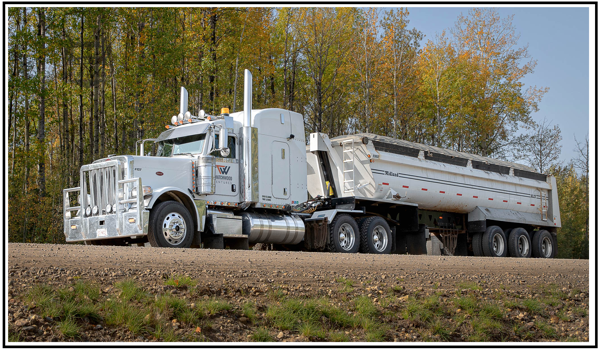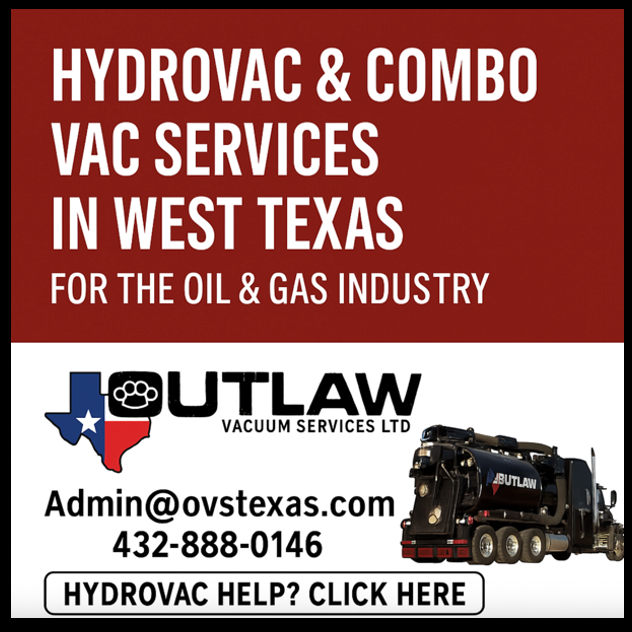Contaminated Soil Removal Overview
What is Removing Contaminated Soil?
Contaminated soil removal from a site involves digging it up for “ex situ” (above-ground) treatment or for disposal in a landfill. Excavation also may involve removing old drums of chemicals and other buried debris that might be contaminated. Contaminated soil remediation by removal is one of the many remedial action methods and options today. This approach tends to be most optimal when the chemicals of concern are thicker oils or heavy metals, and where the digging volume is relatively small. For example, a vacant field with an oil spill.
Once remediation is complete, the site must be reclaimed so that the land returns to how it looked and was used (or similarly) before oil and gas development took place. This may involve recontouring the subsoil, replacing the topsoil, and re-establishing the vegetation. It may take up to five years or more for the site to re-vegetate and be ready for the detailed site assessment required for a reclamation certificate application.
The most straight-forward method of soil remediation is to remove contaminated soils from the site.
- Site Assessment – Before excavation can begin, the contaminated areas must be identified. This requires searching past activities at the site to identify what contaminants may have been released and where. The soil is then tested to better define where contaminants are present. Many sites will be found to have no contamination concerns and will proceed directly to the reclamation stage after assessment.
- Contaminated soil is excavated using standard construction equipment, like backhoes and excavator track hoes. The equipment chosen depends on how large and deep the contaminated area is, and whether access is limited by the presence of buildings or other structures that cannot be moved. Long-arm excavators can reach as deep as 100 feet below ground, but excavations are generally limited to much shallower depths due to safety concerns and difficulty keeping the hole open. Sometimes soil is excavated below the water table, which requires walling off the contaminated area and pumping out the water to keep dry during excavation.
- If excavated soil will be disposed of in a landfill, it may be placed directly on a truck for transport. If it is to be disposed of elsewhere on the site or treated, it first may be stock piled on plastic tarps or in containers. The soil is then covered with tarps to prevent wind and rain from blowing or washing it away and to keep workers from coming into contact with contaminated soil. Excavation is complete when test results show that the remaining soil around the hole meets established cleanup levels.
- Treatment Facility – The excavated soil may be cleaned using a mobile treatment facility brought to the site or disposed offsite. If the soil is treated onsite, treated soil may be used to fill in the excavated area. Clean soil obtained from other locations may be needed to fill in holes as well. After an excavation is filled in, the area may be landscaped to prevent soil erosion and make the site more attractive.

How Long Will I Contaminated Soil Remediation Take?
Excavating contaminated soil may take as little as one day or as long as several years. The actual time it takes to excavate will depend on several factors. Costly delay claims may also occur when the extent of contaminated soil is not clearly reflected in the plans and specs. For example, it may take longer where:
- Contaminant concentrations are high, requiring extra safety precautions.
- The contaminated soil contains a lot of rocks or debris.
- Buildings or site activities limit the movement of equipment.
- The site is remote, or the treatment and disposal facilities are far away.
Is Excavation of Contaminated Soil Remediation Safe?
Handling contaminated soil requires precautions to ensure safety. Site workers are trained to follow safety procedures while excavating soil to avoid contact with contaminants and prevent the spread of contamination offsite. Site workers typically wear protective clothing such as rubber gloves, boots, hard hats, and coveralls. These items are either washed or disposed of before leaving the site to keep workers from carrying contaminated soil offsite on their shoes and clothing. The tires and exteriors of trucks and other earth-moving equipment are also washed before leaving the site so that the soil is not tracked through neighboring streets.
The Importance of Transportation Contaminated Soil Removal
There are multiple types of regulations that apply to oilfield wastes: oil and gas regulations, occupational health and safety regulations, environmental regulations, and transportation regulations. Some of these regulations also vary by jurisdiction. The federal Transportation of Dangerous Goods Act and Regulations (TDG) identifies requirements for the transportation of dangerous goods. Wastes that are not classified as dangerous goods are not subject to the TDG Regulations; these wastes are transported under the appropriate jurisdictional environmental or hazardous waste
regulations.
Waste Generator
The waste generator is the licensee and/or approval holder which generates oilfield waste. The waste generator is also known as the consignor or shipper when wastes are transported.
Waste Carrier
The waste carrier is the person or party who receives or takes control of oilfield waste for the purpose of transportation. The waste carrier is also known as the transporter.
Waste Receiver
The waste receiver is the person or party who accepts or receives oilfield waste for the purpose of storage, consolidation, transfer, treatment, or disposal. The waste receiver is also known as the consignee when wastes are transported.
Types of Oilfield Waste
As per provincial regulatory requirements, wastes are classified as either Dangerous Oilfield Waste/Hazardous Waste (DOW/HAZ), or Non-Dangerous Oilfield Waste/NonHazardous Waste (non-DOW/non-HAZ).
Transportation
There are numerous requirements that apply to the transportation of wastes whether DOW/HAZ or non-DOW/non-HAZ Waste. These requirements include identification of dangerous goods, handling, communication of hazards, shipping documentation and training.

Western Canada Oil & Gas Industry Contaminated Soil Removal Overview
Alberta Site Rehabilitation Incentive Program
There may be more than 91,000 inactive wells and 2,992 orphan wells in Alberta alone, with another 10,000 additional inactive or abandoned wells in British Columbia and 24,000 in Saskatchewan.
The Site Rehabilitation Program (SRP) provides grants to oil field service contractors to perform well, pipeline, and oil and gas site closure and reclamation work. The program goals are to: immediately get Alberta’s specialized oil and gas labour force back to work. accelerate site abandonment and reclamation efforts.
Recent announcements, including the Alberta Site Rehabilitation Incentive Program, have generated significant opportunities to create positive impacts on the environment and economy. The funding from this program is in large part due to the federal government’s COVID-19 Economic Response Plan. This plan’s goal is to put out of work oil field services contractors back to work, which has made well abandonment work big business in Albert
In the province, abandonment work has been ongoing for decades. Established in the 1990s, the Orphan Well Association (OWA) manages the closure of orphaned oil and gas wells, pipelines, facilities, and the reclamation of associated sites, across Alberta. Every year, the Alberta Energy Regulator issues an orphan levy to energy companies operating in Alberta, in accordance with the Oil and Gas Conservation Act, and transfers the funds to the OWA operating budget.
Alberta’s Area Based Closure (ABC) program, British Columbia’s Dormant Well program Abandonment Types
- Downhole abandonment
- Cut and cap
- Pipeline abandonment
- Wellsite reclamation
- Divestiture potential
Alberta’s environmental legislation sets out clear rules and obligations for the protection, enhancement and wise use of the environment. Alberta Environment and Parks works with Albertans to ensure the quality of our environment is maintained, using an effective and efficient regulatory framework.
Oil & Gas Operators Contaminated Soil Removal Budget Examples
Paramount – Abandonment and reclamation expenditures in the first quarter totaled $8.4 million, net of $1.7 million in funding under the Alberta Site Rehabilitation Program. Activities included the abandonment of 120 wells, 119 of which were abandoned under the Company’s ongoing area-based closure program at Zama.
Cardinal – has allocated approximately $5 million of its 2021 budget for ARO expenditures which will complement the $18.4 million of government subsidies received to date from the Alberta Site Rehabilitation Program and the Saskatchewan Accelerated Site Rehabilitation Program through our service provider applications. The Company expects to receive the benefit of additional funding in subsequent government subsidies through these programs. In 2020, Cardinal executed on approximately 45% of the available funding with environmental, site decommissioning and well abandonments (119 gross operated wells abandoned) as well as a significant amount of work was completed on downhole abandonments and facility reclamations.
Contaminated Soil Remediation Project Examples
Pembina Watson Island – Working together with the community, governments, and First Nations, Pembina was able to transform and re-purpose a contaminated site on Watson Island into a key connection point in moving liquefied petroleum gas from rail cars to vessels off the West Coast. Pembina invested approximately $12 million in remediation activities and together with the City of Prince Rupert removed a toxic and abandoned pulp mill, replacing it with a key income generating asset, which will have lasting benefits for all stakeholders.
Canadian Pacific Saskatchewan – Saskatchewan’s Ministry of Environment says new figures from Canadian Pacific show the spill was more than the 7500 barrels initially calculated. The ministry says a significant amount of crude was burned off during the fire, and CP estimates 7500 barrels of oil has so far been recovered. The freight train jumped the tracks on Feb. 6 near Guernsey, about 115 kilometres southeast of Saskatoon. It was the second train to go off the same stretch of tracks since December, when a derailment caused a fire and spilled 9400 barrels. Both derailments are under investigation by the Transportation Safety Board. CP says it’s working with the government on a remediation plan and crews are still on site to ensure equipment is removed and the area is restored.
TC Energy Keystone pipeline – Clean-up crews in Walsh County, North Dakota, have been working to plug the Keystone pipeline after a more-than 9,000-barrel oil leak last week. Work continues to progress at the site with about 200 personnel focused on clean-up and remediation activities, TC Energy spokesman Terry Cunha said by email on Monday. about 4,300 barrels of oil have been recovered, Cunha said, adding that preliminary work to expose and remove the damaged section of pipe has begun and is expected to be complete by the end of the week. The pipe will be sent to a third-party laboratory, approved by the PHMSA, for a full investigation, he said. Last week, TC Energy said it was conducting a full investigation into the cause of the release and its focus was on containment, clean-up and safety of the public as well as the environment.
Examples of a Remediation Plan/Soil Removal Plans for Bitumen Terrestrial Site Containment
The following section is a summary of CNRL bitumen remediation plan that includes contaminated soil removal as part of the process.
- Identify Impacted area – is the water body fish bearing, does it flow with other water bodies.
- Identified fissures are contained by clay berms isolating the fissure from surface water inflow and to allow collection of continued bitumen emulsion seepage. Does the site require curtains and booms to be deployed around the perimeter of the source and scaffolding and netting was deployed above the source as a deterrent to birds.
- Site Preparation – Does the site need fencing and wildlife deterrents are in place to minimize the effect to wildlife and waterfowl.
- Delineation – Continue to recover and remove bitumen seepage
- Remediation
- Evacuation of all impacted material is complete
Waste Management Plan
Waste Management activities may be adapted as the needs of the investigation and clean-up change
- Material disposed of at a class 2 landfill
- Impacted material will be excavated and transported by rock trucks to lined and bermed containment cells
- The material will dried out, tested and transported to an approved Class 11 landfill
- Drilling waste from investigation drilling will be managed using remote sumps
Example of Pipeline Abandonment and Discontinuation Plan
The following section is a summary of CNRL commitment to pipeline abandonment & contaminated soil removal.
CNRL Abandonment and Discontinuation program is aimed at reducing our environmental liabilities by minimizing our footprint and meeting regulations associated with inactive pipelines. This program ensures pipelines are left in a safe and environmentally sound manner. Over the past five years, we have abandoned or discontinued 5,799 pipelines in Alberta, British Columbia and Saskatchewan. Ongoing focus on pipeline integrity has resulted in a reduction in the frequency of pipeline leaks.
Operators need an environmental closure program for facilities, pipelines and wells are taken out of service in a safe and environmentally sound manner. The goal is to reclaim larger contiguous areas of land more cost-effectively. This requires to coordinate remediation (removal of old equipment and soil clean-up), abandonment and discontinuation (suspension and capping of wells and pipelines), and accelerate reclamation times, returning the sites to forests, agriculture, wetlands or recreational and municipal land. To achieve this companies need to drive innovation in land management practices, such as the use of water-jet cutting for pipeline abandonment, and the construction of lightweight panels designed to protect seedlings while reclaiming native prairie revegetation.
A technology example would be an Internal Pipeline Cutter for pipeline abandonments Technology plays an important part of ensuring safe, effective and efficient operations a Three Wheel Internal Pipeline Cutter (IPC) tool. The IPC tool is used to cut pipeline risers on inactive well sites and pipeline right-of-ways without ground disturbance during pipeline abandonment activities. The novelty of the new design is in the ability to lower the IPC tool inside the pipe to cut inaccessible pipes with three wheels from the inside out. Use of the IPC can be 20 per cent of the cost for riser sites in shallow gas locations in Southern Alberta and Saskatchewan. Savings could be larger in remote areas, providing a portable solution that eliminates the need to mobilize heavy equipment for abandonment activities.
Conclusion
Contaminated soil removal from a site involves digging it up for “ex situ” (above-ground) treatment or for disposal in a landfill. It is an important part of the Alberta Site Rehabilitation Incentive Program that is addressing the 91,000 inactive wells and 2,992 orphan wells in Alberta.
Contaminated Soil Removal Trucking Company in Alberta
Eablished in 2012 by Colby Krall, Thatchwood Ventures is a specialized trucking and transportation services company that provides confident support services to the Oil and Gas, Construction, and Agriculture industries. With extensive industry experience, a large fleet and unwavering standards, we’ve built our business around delivering honest, best-in-class service so our clients know that we care as much about their projects as they do. Every job is unique, and we thrive on that challenge – taking pride in the work we put in, so we can be proud of the work that comes out.
Thatchwood Truck & Trailer Type for Contaminated Soil Removal
Tandem & Tri Heavy Spec Tractors
- Multiple late-model tandem and tri-tractors available, all with dual-line wet kit systems capable of pulling end dumps or walking floor trailers
- All units are fitted to heavy specifications, and each has a positive air shutdown module installed
- Our tri-drive units are a popular choice for longer hauls, as they can move four to six more tonnes per payload
Sealed Dump Trucks & Pups/Quads
- Heavy specification dump trucks available in both tandem and tri-drive
- Sealed aluminum boxes maximize payload and pull either a tri-pup or quad wagon
Sealed End Dumps with Cargo Tarps & Poly Liners
- End dumps compatible with tandem- and tri-drives, with sealed end gates, camo tarps, and poly liners
- An excellent choice for hauling aggregates, contaminated soil and drill cuttings
Super B Dump Combinations
- For very large loads, we offer a reverse train Super B combination, capable of hauling 40 tonnes
- This side dump/end dump combination is great for long haul projects and maximizing efficiency for our customers




